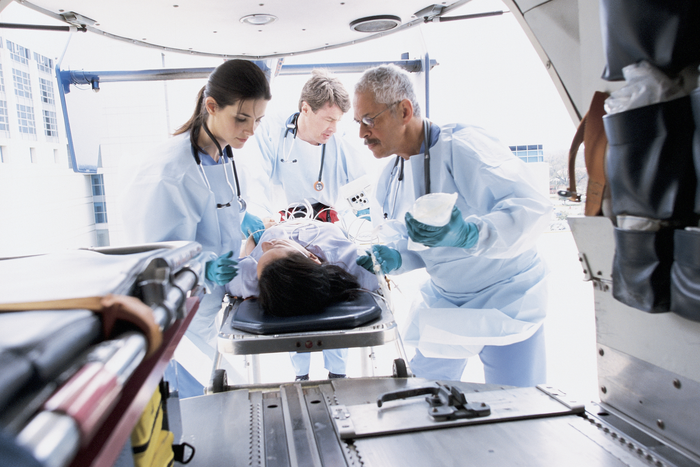
The same can be said of effective suctioning. Of course, certain aspects, such as equipment readiness, patient preparation, and universal precautions, are important each time. Thereafter, use the following techniques when suctioning your patients.
The 3 Most Effective Suctioning Techniques
1. Careful and Cautious
Certain situations demand extreme care and caution when suctioning. These primarily include pediatrics and geriatrics. These populations pose unique challenges, that include:
- Smaller oral cavities, thereby requiring a more refined approach to catheter manipulation
- Delicate tissues, which are easily torn and damaged
- Older patients traditionally have dental hardware in place, that can become dislodged, especially during aggressive suctioning
- Reduced pressure may be required, especially when suctioning nasal passages
2. Effective and Aggressive
Some situations require an aggressive approach to ensure effective suctioning, primarily in instances of heavy bleeding, active vomiting, or copious secretions. Any of these can lead to complete airway obstruction if not treated aggressively using an efficient evacuation tool.
Trauma victims may pose the added risk of bone, tissue, and teeth. This is not the time for a typical small-tipped suction catheter, which will easily become clogged. Use the right tool for the job, one that can not only clear heavy fluids but also function as a sump, should the situation call for it.
3. Traditional Maintenance Suction
Most situations call for standard suctioning, achieved through the use of a catheter with a small enough tip for easy maneuvering yet a large interior diameter for effective evacuation. This is not to imply the suction unit itself is not important. You need a reliable, durable unit that is portable and powerful. You should include it with all your first-in ALS gear.
Nothing can take the place of effective suctioning, and just about any patient can be at risk, so be sure your portable suction unit accompanies you on every call. You never know when you might need it.
Editor's Note: This blog was originally published in April 2023. It has been re-published with additional up to date content.
















